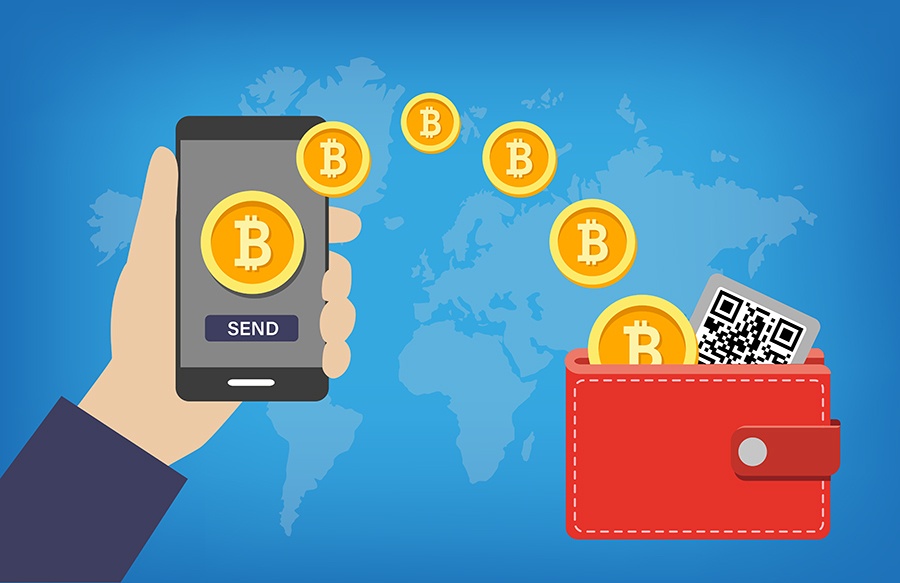As cryptocurrency adoption grows, businesses worldwide are exploring ways to accept digital assets. According to Coinlaw, the total volume of crypto payments is projected to reach $2 billion by the end of 2025, up $600 million compared to 2023, with e-commerce accounting for 70% of these transactions.
Thanks to easier integration tools, businesses can now start accepting Bitcoin, Ethereum, or stablecoins within a few hours instead of weeks.
How to Integrate Crypto Payments Online and Offline
Crypto payment processing works similarly to traditional acquiring, but for blockchain transactions. Providers handle payment acceptance, transaction confirmation, and fund transfers to merchants. Key features often include:
- Choosing the settlement currency (fiat or crypto);
- Locking the exchange rate at the invoice time;
- Real-time transaction status updates.
Integration can be done via:
- Hosted checkout – customers are redirected to the provider’s payment page;
- Embedded widget – payment occurs in a pop-up window on the website;
- API integration – full control over transaction generation and tracking.
Offline, POS terminals or mobile apps allow crypto acceptance:
- Cashier enters the amount in fiat;
- System calculates the crypto equivalent and generates a QR code;
- Customer scans and approves the transfer;
- Payment is credited in real-time to the company’s wallet or automatically converted to fiat.
Top 5 Crypto Payment Providers
- OKX Pay – Fast, secure crypto payments in USDT and USDC on X Layer and other networks; partial non-custodial storage; KYC/AML compliance.
- Trustee Pay – Supports multiple tokens, API integration, automatic fiat conversion; suitable for small and medium businesses.
- Binance Pay – Supports 100+ digital assets, QR codes, widgets, and instant internal transfers; offers Binance Merchant dashboard.
- BitPay – Established provider since 2011; supports Bitcoin, Ethereum, Polygon, stablecoins; plugins for Shopify, WooCommerce, Magento; detailed reports for accounting.
- Coinbase Commerce – API and plugin integration for Shopify/WooCommerce; supports BTC, ETH, USDC; connected to Coinbase for instant fiat conversion.
Comparing Providers
When choosing a provider, consider:
- Fees – even small differences affect profits;
- Supported assets – ensure popular tokens and networks are available;
- Fiat conversion – lock revenue in stable currency if needed;
- KYC/AML compliance – required by regulations;
- Integration method – API, plugin, or POS, depending on business type.
Step-by-Step Integration
- Choose a platform – compare fees, supported networks, fiat conversion, and transaction speed.
- Register and verify – create an account and complete KYC.
- Set up wallet/account – choose between provider’s wallet or external crypto wallet.
- Integrate payment service – API or plugin; ensure CMS/CRM updates order status correctly.
- Test and launch – use sandbox or test mode before accepting real payments.
Legal and Security Considerations
- Regulation and Licensing – crypto is considered a virtual asset in most countries; compliance with local financial laws is necessary.
- Taxes and Reporting – crypto income may need to be reported in fiat at the transaction date rate.
- Storage and Security – companies must secure funds using hot/cold wallets; some providers offer custodial solutions and enhanced security.
Conclusion
Cryptocurrency is increasingly integrated into the global payment infrastructure, offering businesses faster, cheaper, and borderless payment options. Leading providers like OKX Pay, Binance Pay, BitPay, Trustee Pay, and Coinbase Commerce enable quick deployment while maintaining control over security and operations. Compliance with local regulations, KYC/AML, and tax rules remains essential.


